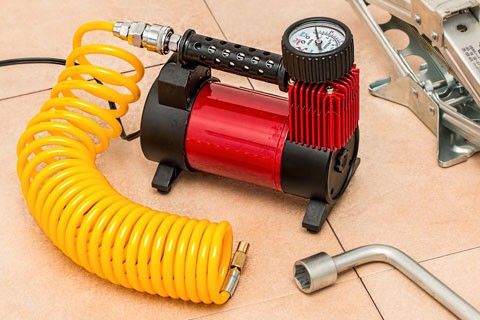Jeep Wrangler Tire pressure
Jeep Wrangler Reifendruck
Jeep Wrangler Pression des pneus
Jeep Wrangler Presion de llantas
Jeep Wrangler Pressao de pneus
Wheel pressure should be checked regularly, ideally check your wheel pressure monthly. Always check your tire pressure two hours after parking the automobile.
Be sure you regularly check the health of the valves to ensure a perfect seal, and can provide longer life.
If you need to have your 4 wheels checked, don’t forget to check the pressure of your extra tire.
In winter, when the temperature is cold, it is sometimes advisable to increase the inflation pressure.

Disclaimer: We cannot and do not guarantee that the content on this website is absolutely fresh and true, despite the fact that every effort has been made to keep it as current and correct as possible. This website’s content is delivered on a “as is” and “as available” basis. You agree that the use of the platform is at your sole risk. We disclaim any and all guarantees.
There are several options for checking or inflating your tires: visit a qualified professional, use the inflation devices provided by some gas stations/washes, or invest in a compressor with inflation gun.
Bad tire pressure control is to blame for the majority of tire loss. To ensure improved grip and protection, car makers prescribe a specific pressure for each model.
Jeep Wrangler Where can I find pressure-related information?
The recommended pressure varies for each car model. It is often indicated in the vehicle’s owner’s manual, on the edge of the door, or on the fuel tank door. It is presented in the form of two numbers, in units of bar, often around 2. The first number corresponds to the pressure of the front tires, the second to the pressure of the rear tires.
Depending on the car load, the tire pressure can vary. Thus, the recommended pressure for a loaded vehicle should be added to 0.2 bar.
Jeep Wrangler How can you determine the pressure?
Often check the tire pressure when they’re cold, as pressure rises often when driving.
Always apply the same pressure to both front tires, as well as to both rear tires. Only a front-rear distinction can be made.
Don’t neglect to properly seal the valve covers, as they shield the valve from soil and dust, reducing the chance of leakage.
When to control the pressure
Tire pressure should be monitored frequently and at strategic times.
Control is essential before a long journey, for example, to limit the risks of deterioration and usure.
For daily use, the pressure should be checked every two weeks. Finally, for less regular use, we recommend checking the pressure every month, keeping in mind that a tire is checked when it is cold.
Summer tire pressure – winter tire pressure
The seasons should also be taken into account when checking the tire pressure, as the outside temperatures affect the inside pressure of the tire.
As a result, adding 0.2 bar to winter tires is advised.
Regularly checking your vehicle’s tire pressure is essential. Under-inflated tires can affect your safety in the car by causing a loss of grip or less effective braking.
In addition, it has been proven that an under-inflated tire significantly reduces its life span by 20 percent for 0.5 bar below the recommended inflation pressure. Fuel consumption also tends to increase with under-inflated tires.
Finally, the under-inflated tire undergoes too much stress and may burst at high speeds.
| Jeep Wrangler | |
| 3.6 V6 | |
| 255 70 R18 113T 4×4 | |
| Rear Min. | 2.4 |
| Rear Max. | 2.4 |
| Front Min. | 2.4 |
| Front Max. | 2.4 |
| Jeep Wrangler | |
| 3.8 V6 | |
| 245 75 R16 111T 4×4 | |
| Rear Min. | 2.4 |
| Rear Max. | 2.4 |
| Front Min. | 2.4 |
| Front Max. | 2.4 |
| Jeep Wrangler | |
| 3.8 V6 | |
| 255 75 R17 115T 4×4 | |
| Rear Min. | 2.4 |
| Rear Max. | 2.4 |
| Front Min. | 2.4 |
| Front Max. | 2.4 |
Links :
Tire pressure gauge
TPMS